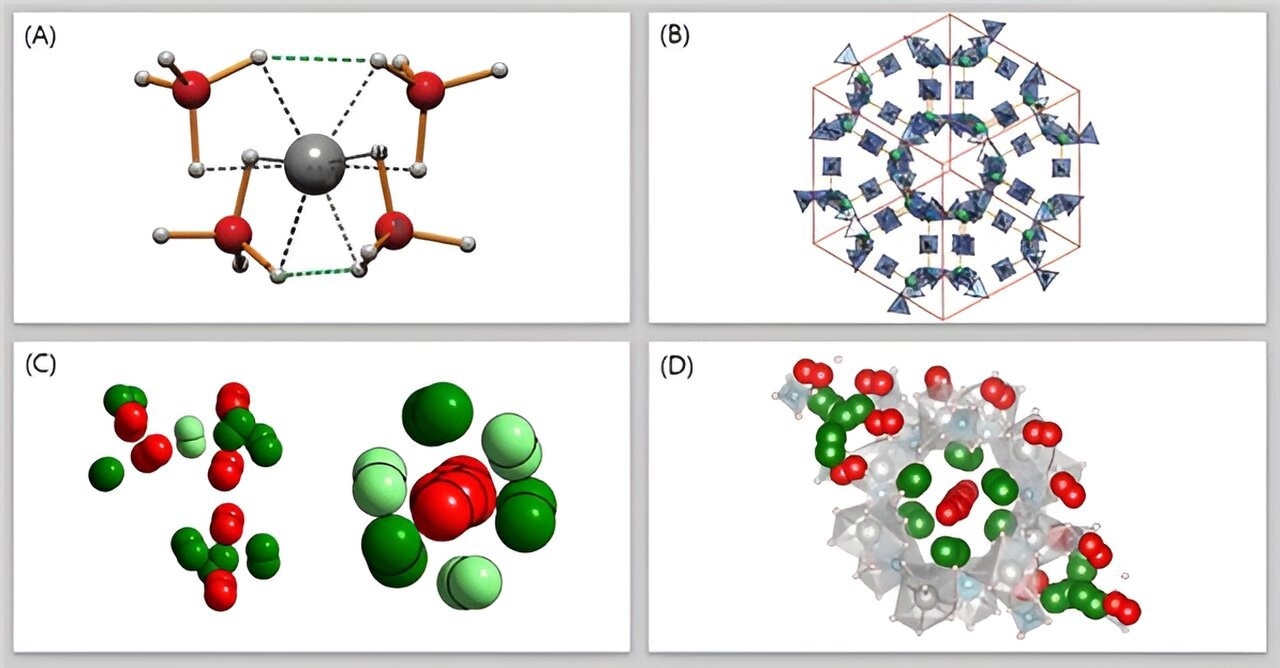Professor Hyunchul Oh of UNIST’s Department of Chemistry has revealed a breakthrough in efficient hydrogen storage, which represents a major accomplishment for next-generation energy systems.

The structure of magnesium borohydride and its high-density hydrogen adsorption state. Image Credit: Ulsan National Institute of Science and Technology
The focus of this cutting-edge study is a nanoporous magnesium borohydride structure (Mg(BH4)2), which demonstrates the extraordinary capacity to store hydrogen at high densities even at ambient pressure. Nature Chemistry has published the study.
Under Professor Oh’s direction, the research team has effectively addressed the problem of limited hydrogen storage capacity by utilizing cutting-edge high-density adsorption technology.
This material was designed to store five hydrogen molecules in a three-dimensional configuration by the production of a nanoporous complex hydride consisting of magnesium hydride, solid boron hydride (BH4)2, and magnesium cation (Mg+). This represents an unparalleled high-density hydrogen storage.
Compared to conventional approaches, which involve storing hydrogen as a gas in a liquid form (70.8 g/L), the described material has an exceptional hydrogen storage capacity of 144 g/L per volume of pores. Furthermore, the material's density of hydrogen molecules is higher than that of the solid state, underscoring the effectiveness of this innovative storing method.
Our innovative material represents a paradigm shift in the realm of hydrogen storage, offering a compelling alternative to traditional approaches.
Hyunchul Oh, Professor, Department of Chemistry, Ulsan National Institute of Science and Technology
This groundbreaking discovery not only solves major issues with large-scale hydrogen storage for public transportation applications, but it also improves the economic feasibility and efficiency of using hydrogen energy.
Journal Reference
Oh, H., et. al. (2024). Small-pore hydridic frameworks store densely packed hydrogen. Nature Chemistry. doi:10.1038/s41557-024-01443-x.